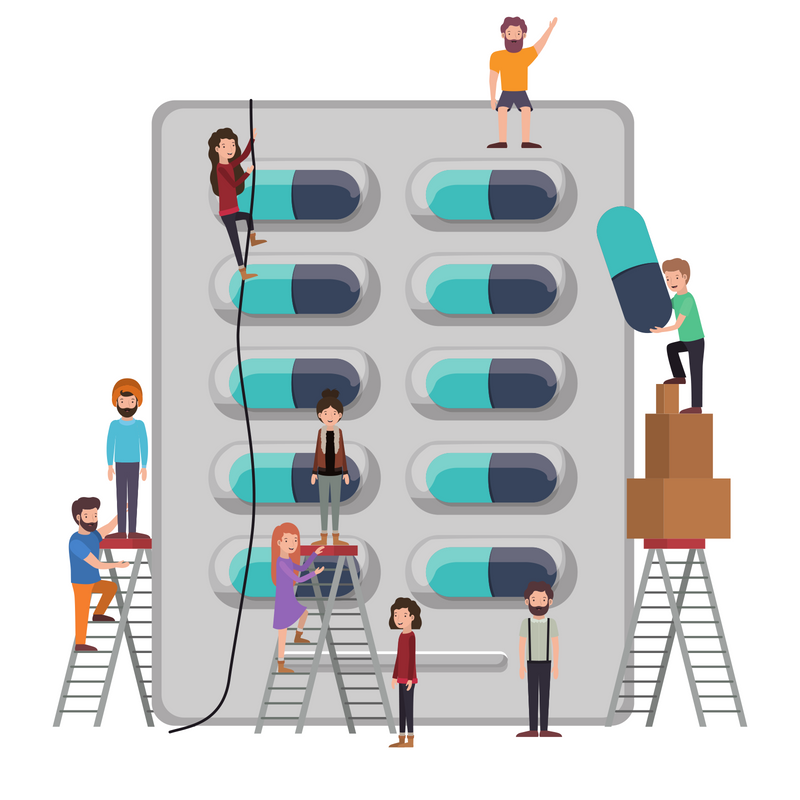by Nardia Vescovi-Diss
OK, so you’ve decided that it’s time to make sure that you’ve got your Work Health & Safety (WH&S) obligations covered, your WH&S policy is sorted, safety officers are in place, someone’s been trained in first aid, fire and emergency evacuation, you’ve got your Workcover insurance, even an Employee Assistance Program (EAP), so you’re all good right? Not so fast….
What have you done to prepare your organisation to deal with a situation where you suspect an employee may, or may not, be abusing drugs? Although this is statistically more prevalent in some industries, such as mining, issues with drugs and alcohol are not restricted to specific demographics, locations or income groups – it can affect anyone at any time. So what do you need to do?
The first thing that you need to have in place is a Drug & Alcohol Policy, which will clearly set out what will happen in the event that there is a suspicion of drug or alcohol abuse. This needs to have been acknowledged by your employees, as having been read and understood. If you don’t currently have a policy, the best approach to take is to consult with your employees and unions (where appropriate), to build a comprehensive approach. What this consists of will be dependent upon your industry and the type of work you do.
Your policy may need to build in a variety of options for the use of drug testing. Dr Charles Appleton who is the Pathologist in Charge of Biochemistry at Queensland Medical Laboratory (QML), states that drug testing can be performed at the following times:
- Pre-employment screening to ensure the potential candidate is not a risk
- Blanket, on-site screening where testers come to the site and test everyone
- Random selection on-site where a pre-approved number of workers, selected randomly, are tested
- For cause, or incident testing where there has been an on-site accident and testers are requested to come to the site to test
- Suspicion testing, where a worker is acting strangely and suspected of being under the influence of drugs or alcohol, and testers are requested to come to the site to test
- Monitoring testing, where a worker tested positive and has been removed from the site, and needs to produce a negative result before being allowed back on-site
Keep in mind that the definition of drugs doesn’t just incorporate hard drugs such as ice, there is an increasing issue with the abuse of prescription drugs that can also contribute to your organisation’s WH&S risk.
So, do you still think you’re covered? Don’t wait for an incident to happen, because then it’s too late! Talk to one of our Employee Experts now, to find out if you’re prepared.
In the next blog we will talk about what to do when you’ve got your policies and procedures in place, but you’ve potentially got an issue….who do you call?

